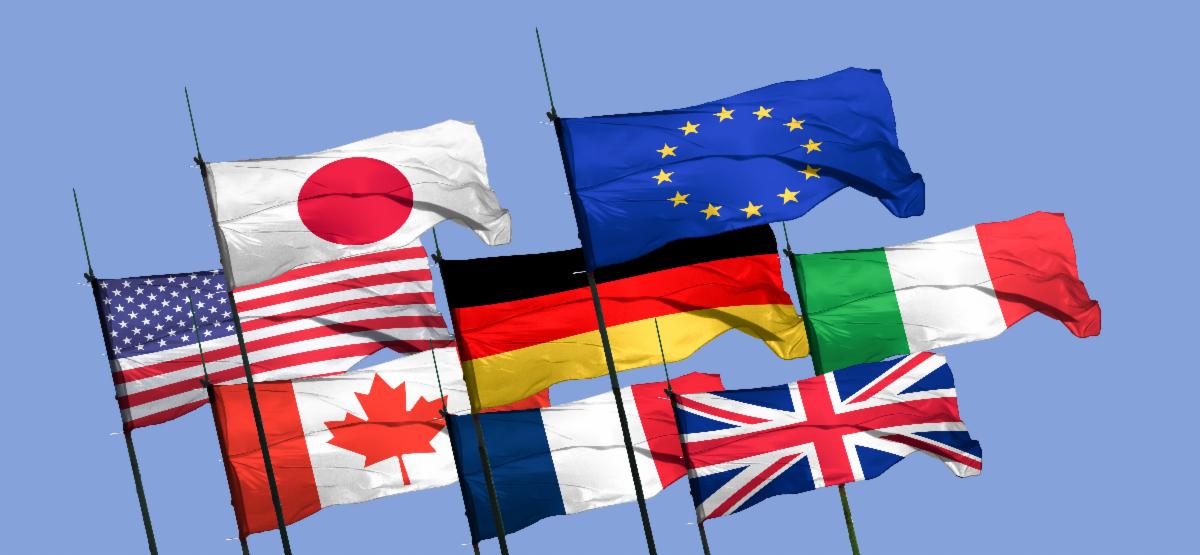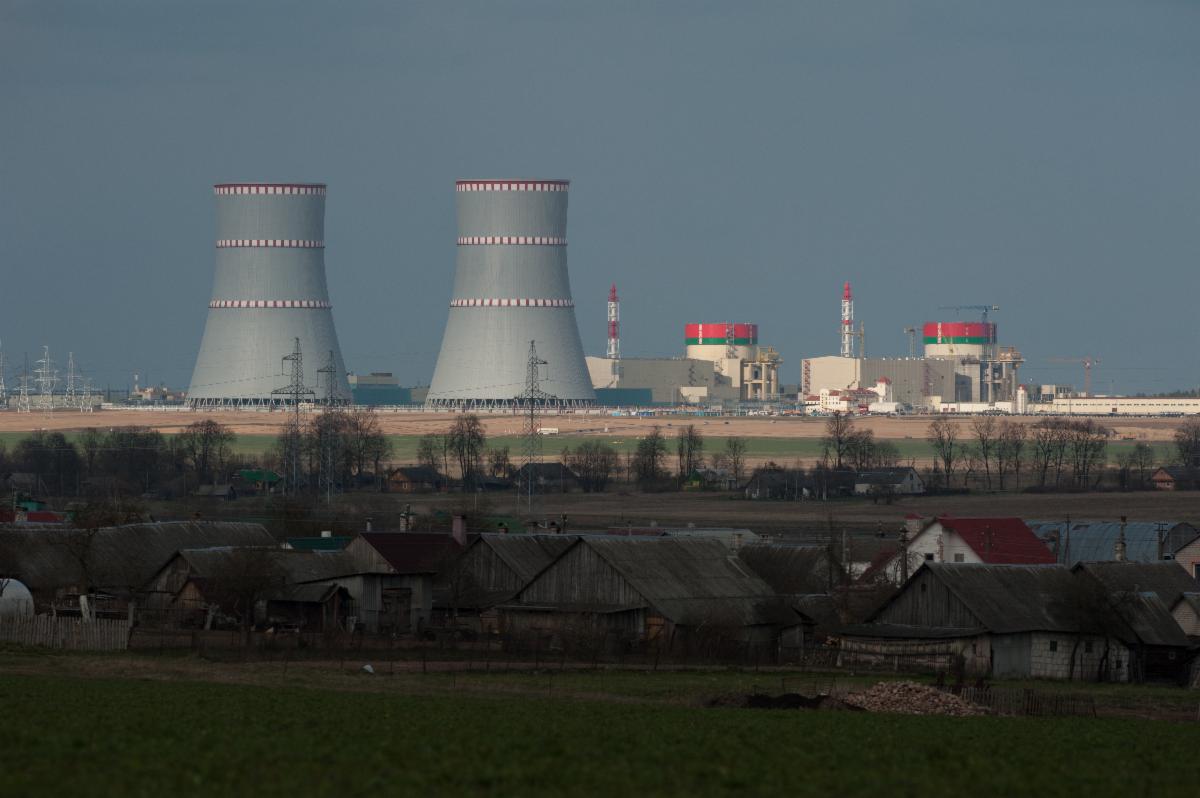Russian Energy Update – May 31, 2023
Russian Energy Update – May 31, 2023
Want to receive future energy updates? Subscribe here.

U.S., allies sanction Russian energy and mining sectors
On May 19, the U.S., the G7, and other governments jointly announced new sanctions against 200 Russian entities involved in Russia’s future energy production and its mining sector. The Russian firms included a subsidiary of Rosatom involved in the Vostok Oil Project and companies involved in developing Russia’s Arctic energy and trade. The U.S. Department of State said the new sanctions seek to curtail Russia’s future energy production and exports while avoiding disruptions to current energy supplies.
Why it matters: The sanctions illustrate U.S. and allied efforts to continue to identify and sanction additional Russian companies to impose increasing pressure on Russia’s economy. Nevertheless, the sanctions also suggest enduring reluctance to disrupt markets, accept significant new near-term costs to the U.S. and its allies, or harm neutral parties. Over the longer term, of course, the U.S. and other leading energy consumers could face higher energy prices if future production fails to meet demand. The International Energy Agency has warned about this possibility and reported record high fossil fuel consumption subsidies in 2022.
Especially interesting in the latest sanctions is the focus on not only Arctic energy projects, but also infrastructure for Russia’s so-called Northern Sea Route. Five sanctioned entities are connected to the planned deep-water Arctic Port of Indiga, intended to support LNG exports and decrease shipping distances via the Northern Sea Route to Asia by over 350km. Prior to Russia’s invasion of Ukraine, the Vostok Oil Project projected an annual production of 100 million tons of oil (approximately 730 million barrels) by 2030, which is nearly 20% of Russia’s total annual production in 2022. Yet Russia struggled to acquire the necessary technologies to fully exploit its Arctic natural resources even before its invasion of Ukraine.

EU FP Chief calls for Indian cooperation to avoid exporting diesel, refined oil from Russian crude
On May 16, European Union Foreign Policy Chief Josep Borrell advised EU members to avoid purchasing oil products from India due to concerns that the country is reselling Russian oil as refined oil products such as diesel. Borrell stated he intended to speak to India’s Minister of External Affairs, Subrahmanyam Jaishankar, later that day regarding the issue. Prior to the meeting, Jaishankar responded, stating “if Russian crude is substantially transformed in a third country, then it’s not treated as Russian anymore” and does not violate EU sanctions.
Why it matters: The EU’s press release following Borrell and Jaishankar’s meeting makes no mention of Russian oil, which may indicate the two ministers could not reach agreement. EU sanctions stipulate there is not a penalty for refining Russian crude into a refined oil product. EU sanctions also permit refined oil products and diesel of Russian origin if over 30% of the refined oil product originates from a country other than Russia. Nonetheless, Borrell’s comments may indicate the EU’s increasing concern that third countries, such as India, Turkey, and North African states, are buying discounted Russian oil and selling refined products onward at global prices. Western efforts to curtail Russian export revenue and to track Russia’s ‘shadow fleet’ highlight the ongoing challenges of enforcing sanctions.
India continues to carefully balance its energy interests amid concerns from the U.S. and EU. The IEA reported that China and India received approximately 80% of Russia’s crude oil shipments in April 2023, with India importing an estimated 2 million barrels/day. In March, Rosneft and Indian Oil Corporation signed a deal to “significantly” increase Russian oil shipments. At the same time, India’s Central Bank investigated possible sanctions evasion by its refiners ten days after the U.S. Treasury Department’s Office of Foreign Assets Control warned American businesses about possible sanctions evasion by their overseas partners.

Belarus connects second unit of nation’s first nuclear power plant
On May 13, Belarus successfully connected the second unit of its Russian-built nuclear power plant (NPP) in Ostrovets. Along with building the plant, Rosatom assisted with the initial operation and testing of the new unit as it came online. The first and second units are each VVER-1200 reactors and are expected to produce a combined 18.5 billion KWh annually. This is 40% of Belarus’ domestic electricity demand. Plant officials said they plan to fully commission the second unit during fall 2023.
The news comes after the U.S. sanctioned Rosatom subsidiaries and Rosatom acquired a larger stake in Kazakhstan’s Budenovskoye uranium mine, considered the world’s largest uranium source. Budenovskoye could provide 10% of global uranium supplies within three years.
Why it matters: Along with the Akkuyu NPP in Turkey, Ostrovets marks the second ‘first-time’ NPP Rosatom has helped construct in the last month. Rosatom is also constructing Bangladesh’s and Egypt’s first NPPs and helping build new plants in eight additional countries. An EIRP study found Rosatom signed nuclear agreements in various fields with thirty-three countries over the last two decades, the majority of which had no NPPs at the time of signing, although existing and future sanctions could affect some of these agreements.
While the U.S. has increasingly targeted Rosatom subsidiaries, it has avoided sanctioning Rosatom and its central leadership, while the EU has scrapped previous Rosatom sanctions efforts. The U.S.’s reluctance may stem from its reliance on imported uranium, from Kazakhstan (35%) and Russia (14%), as well as enrichment services. With Rosatom’s subsidiary managing six of Kazakhstan’s seventeen uranium mines, and Budenovskoye expected to become one of the largest globally, Russia’s international nuclear footprint remains considerable.

Russia’s Arctic LNG 2 to generate power using Chinese equipment
On May 16, Novatek, Russia’s largest LNG producer, announced plans to use equipment from China’s Wilson and Harbin Guanghan Gas Turbine Company to construct a gas turbine power station for its Arctic LNG 2 plant. The firm originally planned to use equipment provided by Baker Hughes to power Arctic LNG 2; Baker Hughes withdrew from the project after Russia’s invasion of Ukraine and ensuing Western sanctions. The Arctic project could produce approximately 20 million tons of LNG annually (28 bcm), with the first phase of production expected by the end of 2023.
Why it matters: As Russia seeks to expand its energy infrastructure in the Arctic, China continues to fill the void vacated by some Western firms. For LNG projects, Russia has relied upon western energy firms like Total, Mitsui, and Shell to provide the necessary technology. But U.S. sanctions in 2014 imposed export prohibitions on services and technologies for exploration and production of Russian Arctic energy projects. Combined with high production costs and oil price fluctuations, investor interest curtailed and Arctic development stalled. These conditions provided an opportunity for Chinese firms to supply substitute technologies and billions of dollars of funding for Arctic LNG projects like Arctic LNG 2 and Yamal LNG, though whether these plans reach fruition remains to be seen. In 2013, Chinese oil firm Chinese National Petroleum Company (CNPC) began investing in Yamal LNG after signing a deal with Novatek. Russian-Chinese Arctic cooperation deepened in 2016 when Yamal LNG signed contracts with two Chinese banks for two 15-year credit lines worth a combined $12 billion.
China has become the largest foreign stakeholder in Russia’s LNG projects. Arctic LNG 2 is majority-owned by Novatek (60%), with two Chinese firms, Chinese National Offshore Oil Corporation (CNOOC) and CNPC, owning 10% shares, respectively. Likewise, CNPC and state-owned investment fund Silk Road Fund own 29.9% of Yamal LNG. CNPC has agreed to purchase 3 million tons (4.4 bcm) of LNG annually from the Yamal project, approximately 18% of the project’s estimated future production.
